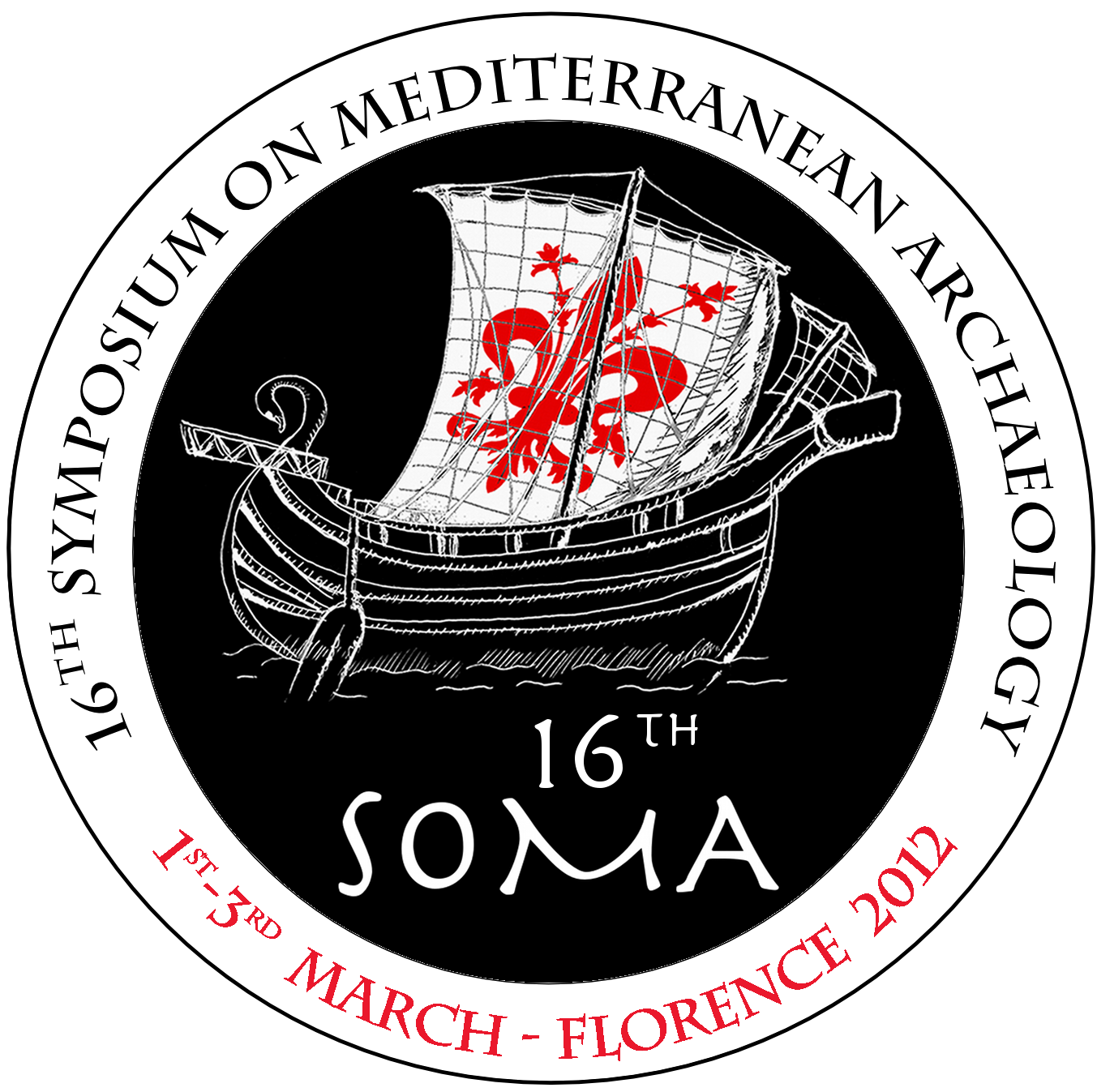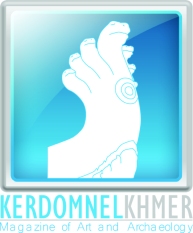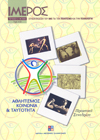Epiclèses de divinités grecques et romaines

Ce programme consiste à étudier les manières dont sont désignés les
dieux de l’Antiquité gréco-romaine: noms, qualificatifs, épithètes,
épiclèses. L’intérêt de ce thème tient au fait que, dans les mentalités
antiques, le nom a une valeur en soi : nommer les dieux est un moyen de
connaître ceux-ci et d’entrer en contact avec eux, éventuellement d’agir
sur eux.
Le programme Nommer les dieux, par essence interdisciplinaire, est
piloté dans le cadre de la MISHA par le Centre d’Analyse des
Rhétoriques Religieuses de l’Antiquité (CARRA), Equipe d’Accueil de
l’UMB (n° 3094). Cette équipe, dirigée par Gérard Freyburger, professeur
de latin, et Laurent Pernot, professeur de grec, se situe à
l’intersection de deux domaines d’études : la rhétorique d’une part, la
religion d’autre part. Elle s’attache tout particulièrement à l’examen
du langage dans ses rapports avec le divin et le sacré, des formes
d’expression adressées aux dieux, des différentes manières de dire la
conscience et le sentiment religieux. Elle entend fournir des
instruments et ouvrir des voies nouvelles pour une meilleure
compréhension de la rhétorique et de la religion en s’appuyant
principalement sur l’étude des textes grecs et latins.
Le présent programme a donné lieu à un colloque intitulé Nommer les dieux : désignation onomastique et définition théologique dans les religions de l’Antiquité,
26 – 27 octobre 2001 (parution imminente aux Editions Brepols) à
Strasbourg et à un autre colloque intitulé L’hymne antique et son
public, 18 – 20 octobre 2004 (édition en cours), également à Strasbourg.
Le programme Nommer les dieux, fruit d’un travail collectif, comporte un
relevé et une analyse d’ « épiclèses », entendues au sens de «
épithètes », « qualificatifs » des dieux. Les fiches mises sur le réseau
de la MISHA présentent un grand nombre de ces épiclèses tirées de
divers corpus littéraires grecs et latins : elles en donnent à chaque
fois le texte et le contexte, la traduction, la référence précise ;
elles indiquent leur lien éventuel avec la prière, les variantes
textuelles s’il y a lieu, l’aire linguistique, la date, la localisation,
la nature grammaticale et la fonction religieuse.
L’objectif de la mise sur réseau de ces données est d’en permettre une
large diffusion et une analyse aisée. Les directeurs du programme sont
prêts à dialoguer avec les utilisateurs s’ils le souhaitent. Ils peuvent
être contactés à l’adresse de courriel suivante :
carra@umb.u-strasbg.fr.


























 Stumble It!
Stumble It!
